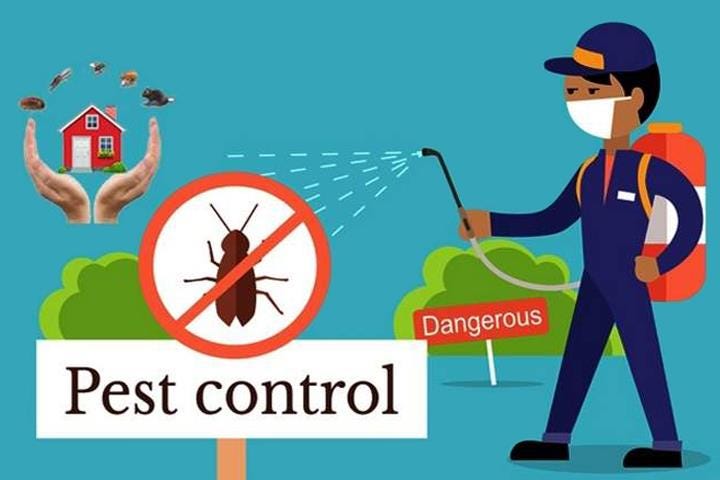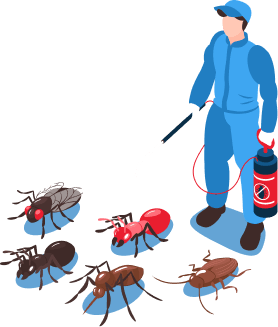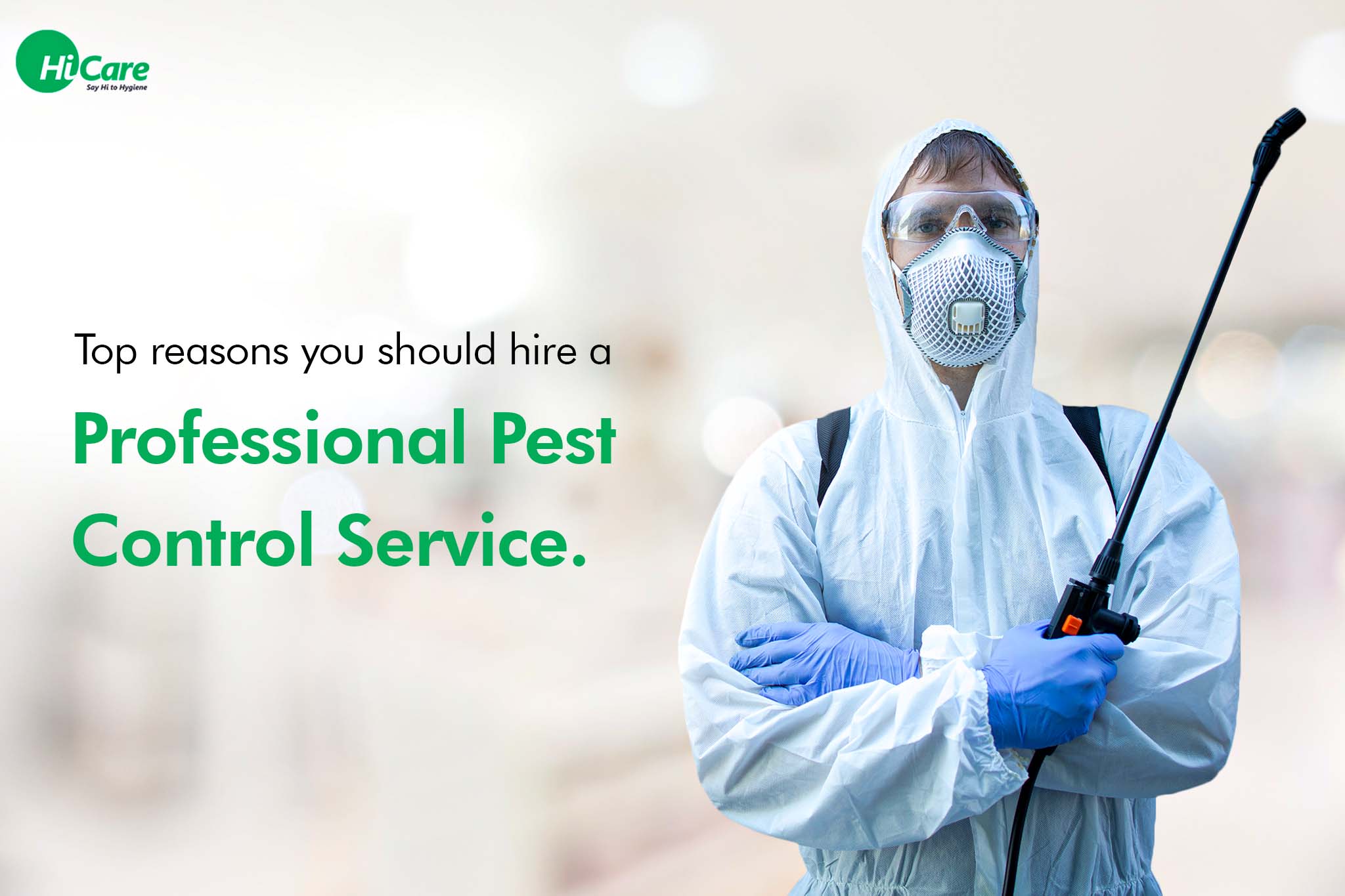Trustworthy Pest Control Visalia Solutions for Homeowners
Trustworthy Pest Control Visalia Solutions for Homeowners
Blog Article
Kinds Of Parasite Control: Which Approach Is Right for Your Infestation?
When encountered with a pest infestation, the selection of an ideal technique for pest control is vital in efficiently managing the situation. By discovering the different kinds of pest control techniques available, people can make informed decisions tailored to their one-of-a-kind conditions, making sure a more lasting and effective end result in bug eradication.

Chemical Insect Control
Chemical bug control includes using artificial or normally acquired chemicals to handle and get rid of pest populations successfully. This technique is typically used in agriculture, forestry, and domestic setups to fight a vast array of bugs, including rats, insects, and weeds. Using chemical pesticides can provide fast and targeted remedies to pest problems, making it a preferred option for lots of individuals and organizations.
One of the crucial advantages of chemical insect control is its capacity to promptly get rid of insects, minimizing the danger of damage to crops, building, and human wellness - pest control visalia. By making use of certain chemicals that target specific bugs, this approach can effectively regulate problems while decreasing damage to advantageous microorganisms and the setting when used correctly
Nonetheless, using chemical insect control also raises issues about prospective adverse impacts on non-target varieties, water resources, and human health. It is vital to follow safety standards, use chemicals sensibly, and think about alternative insect control methods to decrease these threats and guarantee sustainable insect administration methods.
Biological Parasite Control
Organic insect control, likewise referred to as biocontrol, uses living microorganisms to handle and minimize bug populations naturally. This method takes advantage of the power of nature to manage insects without the need for synthetic chemicals. Biocontrol can include the intro of all-natural opponents of the insect varieties, such as virus, killers, or bloodsuckers, to suppress bug populations. By utilizing the insect's all-natural killers or pathogens, biological parasite control uses a sustainable and eco pleasant remedy to pest administration.
One usual instance of biological insect control is the use of ladybugs to manage aphid populations in yards. Ladybugs are natural predators of aphids and can help keep their numbers in check without the usage of damaging chemicals. The microorganism Bacillus thuringiensis (Bt) is made use of as a biological pesticide to control caterpillar parasites while being risk-free for various other organisms.
Mechanical Pest Control
Utilizing physical and hands-on methods to take care of insect populaces, mechanical parasite control provides an alternative approach that does not rely upon using living microorganisms or synthetic chemicals. This approach involves making use of obstacles, catches, or various other tools to literally prevent or get rid of insects. By blocking pest access points or establishing catches to capture them, mechanical bug control can effectively lower invasions without introducing chemicals right into the atmosphere.
One typical example of mechanical insect control is using mesh displays on doors and windows to protect against insects from getting in structures. pest control visalia. This easy yet effective approach serves as a physical barrier, maintaining insects out while enabling correct ventilation. In addition, gadgets like mousetraps, fly swatters, and ultrasonic repellents drop under the mechanical pest control classification

Physical Bug Control
A reliable approach to managing insect populaces without depending on chemical or organic methods involves the usage of physical insect control methods. Physical bug control techniques aim to eliminate or deter bugs with mechanical ways rather than chemicals or pesticides. These strategies are often chosen for their environmentally friendly nature and very little effect on non-target organisms.
Some usual physical insect control methods consist of making use of barriers such as webs or screens to prevent parasite access, traps to record and get rid of pests, and hand-picking to physically eliminate parasites from plants or frameworks. In addition, techniques like warm treatments can be utilized to regulate insects like bed pests by raising the temperature level to levels that are lethal to the bugs.
Physical pest control is particularly useful in integrated parasite monitoring (IPM) strategies, where several insect control approaches are combined for reliable pest administration while lessening making use of chemicals. By utilizing physical bug control strategies, people can properly address parasite problems with marginal environmental impact.
Integrated Pest Administration
When carrying out physical insect control methods as part of insect management techniques, Integrated Insect Monitoring (IPM) becomes a thorough approach that leverages different strategies to properly regulate pest populaces. IPM concentrates on long-lasting prevention of parasites via a mix of biological, social, physical, and chemical tools customized to certain bug concerns. By incorporating multiple control strategies, IPM intends to minimize the threats related to pests while likewise reducing dependence on chemical services.

Conclusion
In conclusion, figuring out one of the most effective approach of pest control for your problem depends on numerous aspects such as the sort of pest, the degree of the infestation, and environmental considerations. Chemical parasite control involves using chemicals, biological bug control makes use of natural killers, mechanical pest control involves physical barriers, physical insect control includes capturing or eliminating pests, and incorporated insect management incorporates multiple methods for an all natural strategy to pest control. Choose the approach that best suits your particular circumstance.
By making use of the bug's natural predators or virus, biological bug control uses a lasting and ecologically friendly remedy to pest administration.
Utilizing physical and hands-on approaches to take care of insect populaces, mechanical parasite control provides an alternative approach that does not depend on the use of living microorganisms or artificial chemicals.A reliable strategy to managing parasite populations without relying on chemical or biological methods includes the use of physical bug control techniques.When executing physical insect control approaches as part of parasite management strategies, Integrated Parasite Monitoring (IPM) arises as a thorough method that leverages different methods to effectively regulate pest populations. Chemical bug control includes the usage of pesticides, biological bug control uses all-natural killers, mechanical try this bug control involves physical barriers, physical insect control consists of trapping or getting rid of bugs, and integrated parasite management integrates numerous approaches for a holistic published here approach to pest control.
Report this page